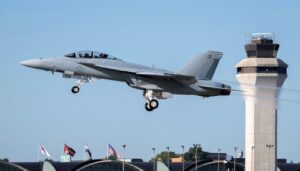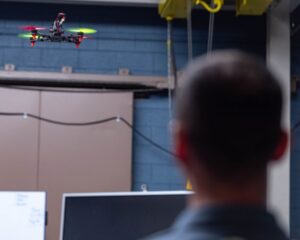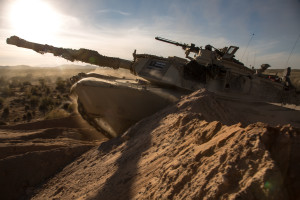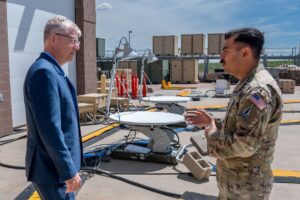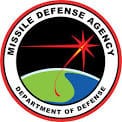
A key Lockheed Martin [LMT] executive is “bullish” on the company meeting a 2020 operational testing (OT) goal for its newly awarded Long Range Discrimination Radar (LRDR) program.Lockheed Martin Vice President of Integrated Warfare Systems and Sensors Brad Hicks told reporters during a press conference in Washington Thursday the radar’s discrimination technology is already pretty mature. The challenge, Hicks said, will be integrating the massive radar. Once complete, the two-phased array radar will be 30 feet tall and roughly the…




